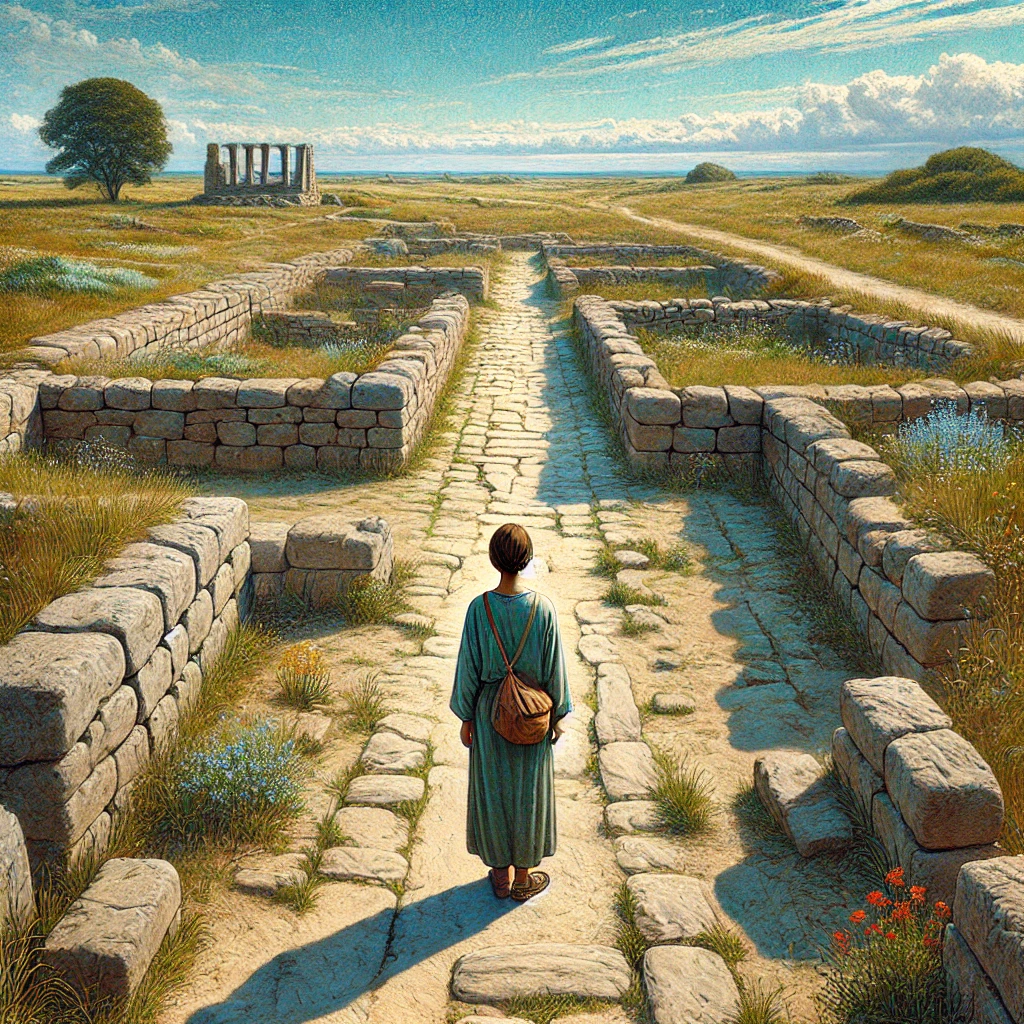ChatGPT:
Barletta is a charming coastal town located in the Puglia region of southern Italy, along the Adriatic Sea. Known for its rich history, architectural beauty, and vibrant local culture, Barletta offers a mix of medieval, Renaissance, and Baroque influences.
Barletta’s origin, history, and development reflect its strategic position along the Adriatic coast and its rich cultural and historical influences, from antiquity to modern times.
Origin and Early History
• Pre-Roman Era: Barletta’s origins trace back to ancient times, likely as a settlement of the Daunians, one of the indigenous Italic tribes in the Puglia region. Archaeological findings suggest human habitation in the area as early as the Bronze Age.
• Roman Era: Known as Bardulos or Barduli during Roman times, Barletta grew as a small trading and agricultural center. Its location along the ancient Via Traiana, a key Roman road connecting Benevento to Brindisi, enhanced its role in regional trade and communication.
Medieval Period
• Byzantine Influence: Following the fall of the Western Roman Empire, Barletta became part of the Byzantine Empire. It served as a coastal outpost, linking the Byzantine territories in southern Italy with the Eastern Empire.
• Lombards and Saracens: During the early Middle Ages, the region was contested by the Lombards and later suffered attacks by Saracen raiders. Despite these challenges, Barletta retained its importance due to its fortified position and proximity to the sea.
• Norman Rule: In the 11th century, the Normans conquered Barletta as part of their expansion in southern Italy. Under Norman rule, the town experienced significant growth, with improvements in fortifications and infrastructure.
• Crusades: Barletta gained prominence during the Crusades as a major departure point for European knights traveling to the Holy Land. The town became a hub of military and religious activity, evidenced by the Basilica of the Holy Sepulchre, which housed relics brought back from Jerusalem.
The Swabian and Angevin Eras
• Swabian Rule: During the 13th century, under Emperor Frederick II of the Holy Roman Empire, Barletta flourished as a fortified coastal city. The construction of the Castello Svevo (Swabian Castle) and other monumental buildings reinforced its status as a regional stronghold.
• Angevin Rule: In the 14th century, under the French Angevin dynasty, Barletta’s importance continued to grow. It became a cultural and commercial center, benefiting from its Adriatic trade connections and fertile agricultural lands.
The Renaissance and Barletta’s “Challenge”
• Disfida di Barletta (1503): One of Barletta’s most celebrated historical events occurred during the Italian Wars. The “Challenge of Barletta” was a chivalric duel between 13 Italian knights and 13 French knights, resulting in a victory for the Italians. This event solidified Barletta’s place in Italian national pride and is commemorated annually.
• Renaissance Development: During this period, Barletta thrived as a cultural and artistic center. Noble families invested in palaces and churches, while trade with Venice and the Ottoman Empire brought prosperity.
Modern Era
• Spanish and Bourbon Periods: Barletta became part of the Kingdom of Naples under Spanish and Bourbon rule. Despite political instability, the town retained its importance as a trading port and agricultural hub.
• 19th Century: With the unification of Italy in 1861, Barletta became part of the modern Italian state. The construction of railways and modernization efforts improved connectivity and economic prospects.
20th and 21st Centuries
• World War II: Barletta suffered bombings and hardships during World War II due to its strategic position, but it recovered quickly in the post-war period.
• Modern Development: Today, Barletta is a thriving mid-sized city with a strong economy based on agriculture, winemaking, tourism, and light industry. Its historical center has been preserved, while the city has expanded to accommodate modern needs.
Cultural Legacy
Barletta’s development reflects a blend of cultures and influences, including Roman, Byzantine, Norman, Swabian, and Renaissance contributions. Its historical landmarks, such as the Colossus of Barletta, the Castello Svevo, and the Basilica of the Holy Sepulchre, continue to attract visitors and scholars, preserving its role as a vital part of Italy’s cultural and historical heritage.
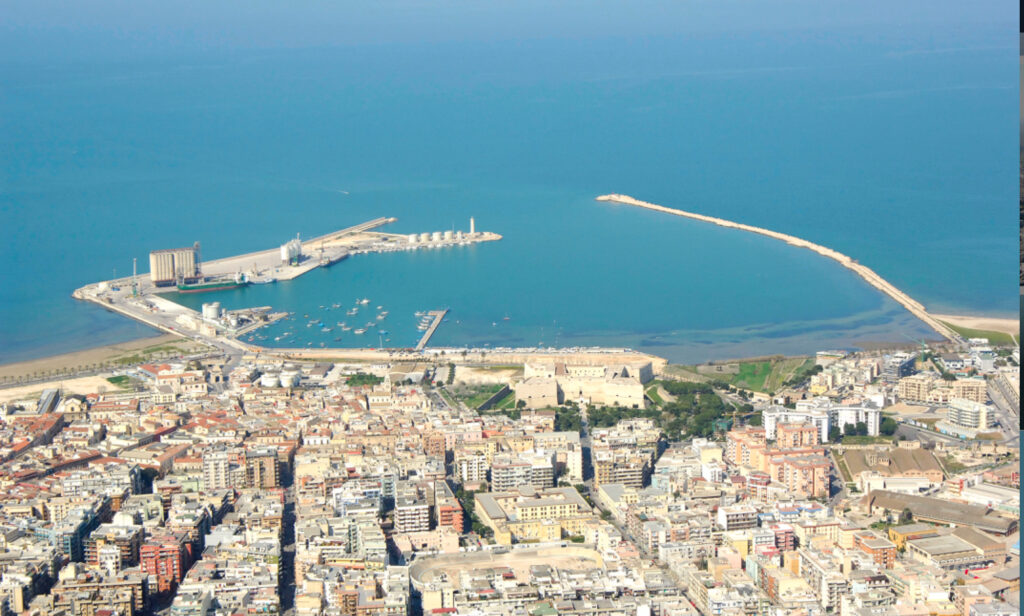
Historical Monuments and Landmarks
1. The Colossus of Barletta (5th-6th Century CE)
• A towering 5.11-meter bronze statue of an unknown Byzantine emperor, likely originating from Constantinople.
• One of the largest surviving ancient bronze statues, symbolizing Barletta’s Byzantine heritage.
• Located in front of the Basilica of the Holy Sepulchre.
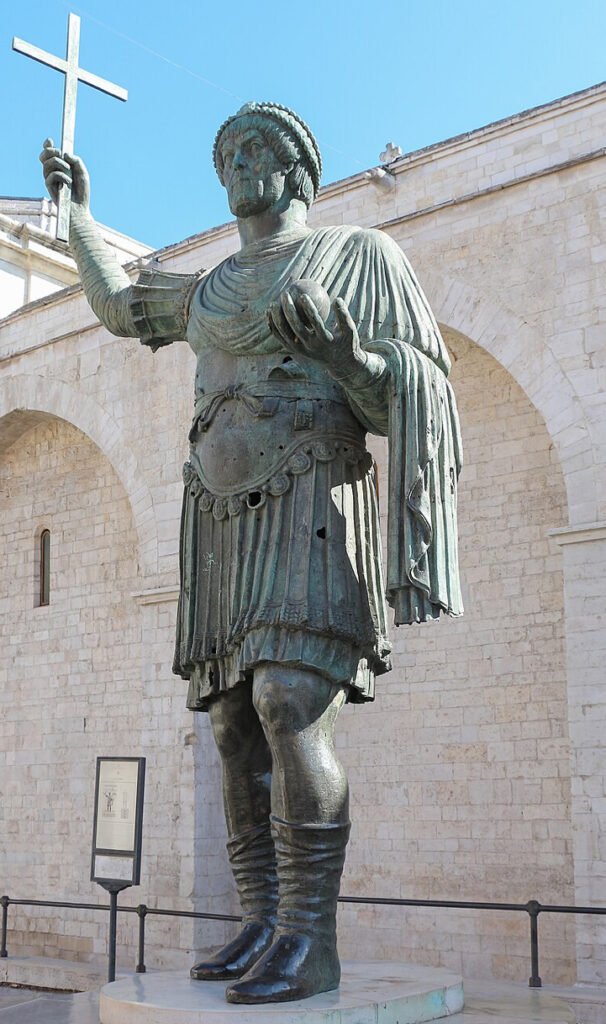
2. Castello Svevo (13th Century)
• Built under Emperor Frederick II of the Holy Roman Empire.
• A massive fortress with a square plan and four corner towers, later modified by the Aragonese.
• Houses a museum and cultural exhibitions, offering panoramic views of the Adriatic.
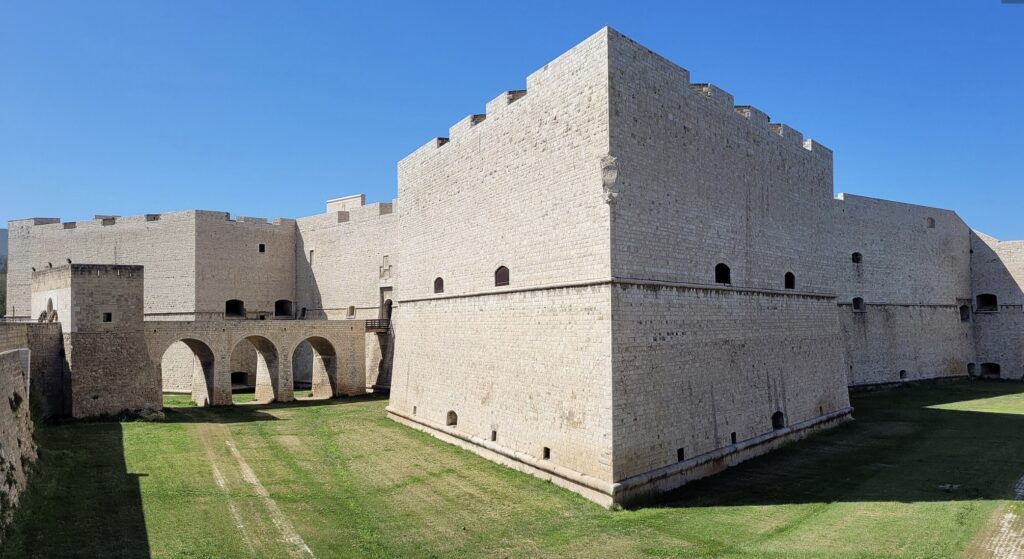
3. Basilica of the Holy Sepulchre (Basilica del Santo Sepolcro, 12th Century)
• A Romanesque-Gothic church with ties to the Crusades.
• Features relics and artifacts brought from Jerusalem.
• Its prominent bell tower and elegant façade make it a key religious and historical site.
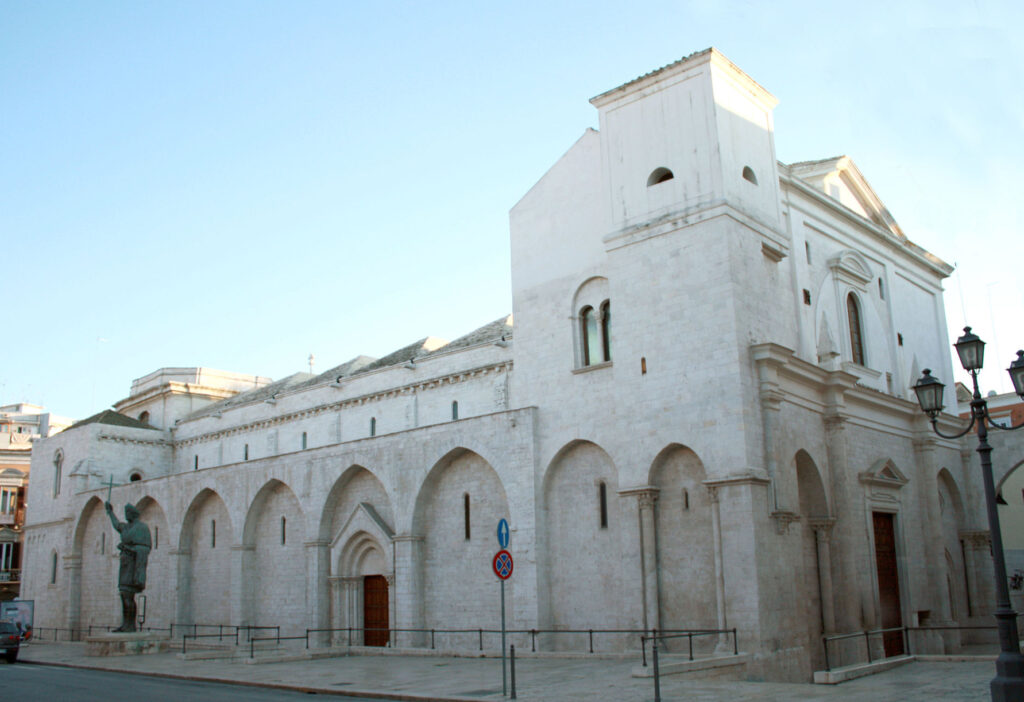
4. Palazzo della Marra (16th Century)
• A Renaissance-style noble palace, now housing the Giuseppe De Nittis Art Gallery, dedicated to the Barletta-born Impressionist painter.
• Notable for its elegant architecture and cultural significance.
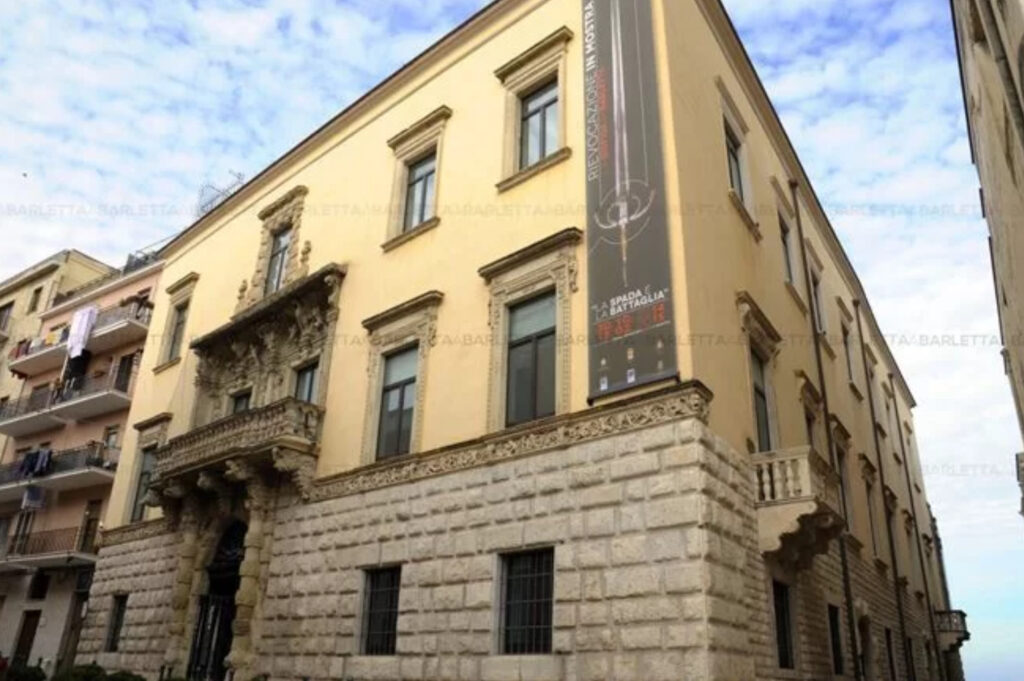
5. Cathedral of Santa Maria Maggiore (12th-13th Century)
• A blend of Romanesque and Gothic styles.
• Known for its impressive façade, rose window, and richly decorated interior.
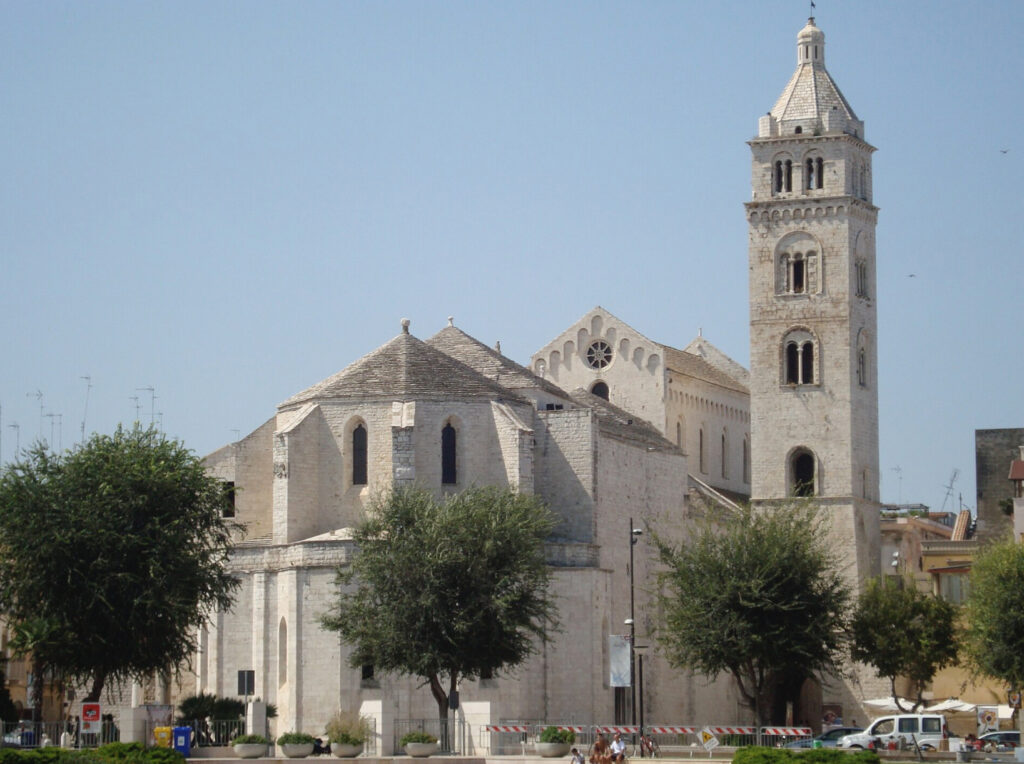
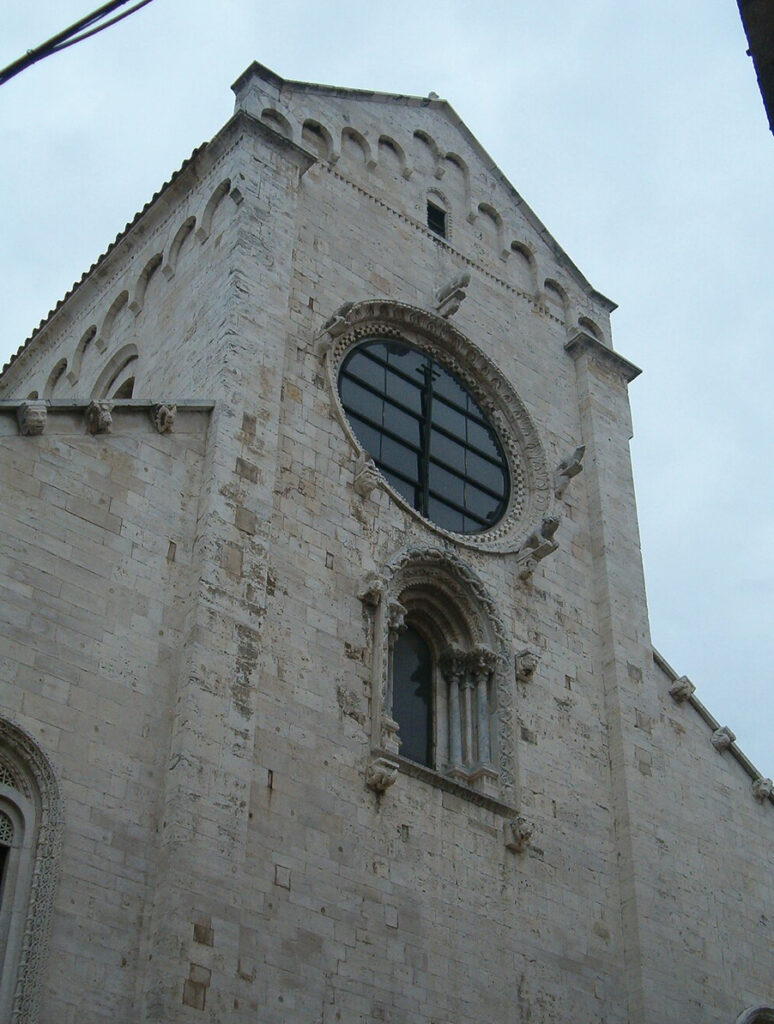
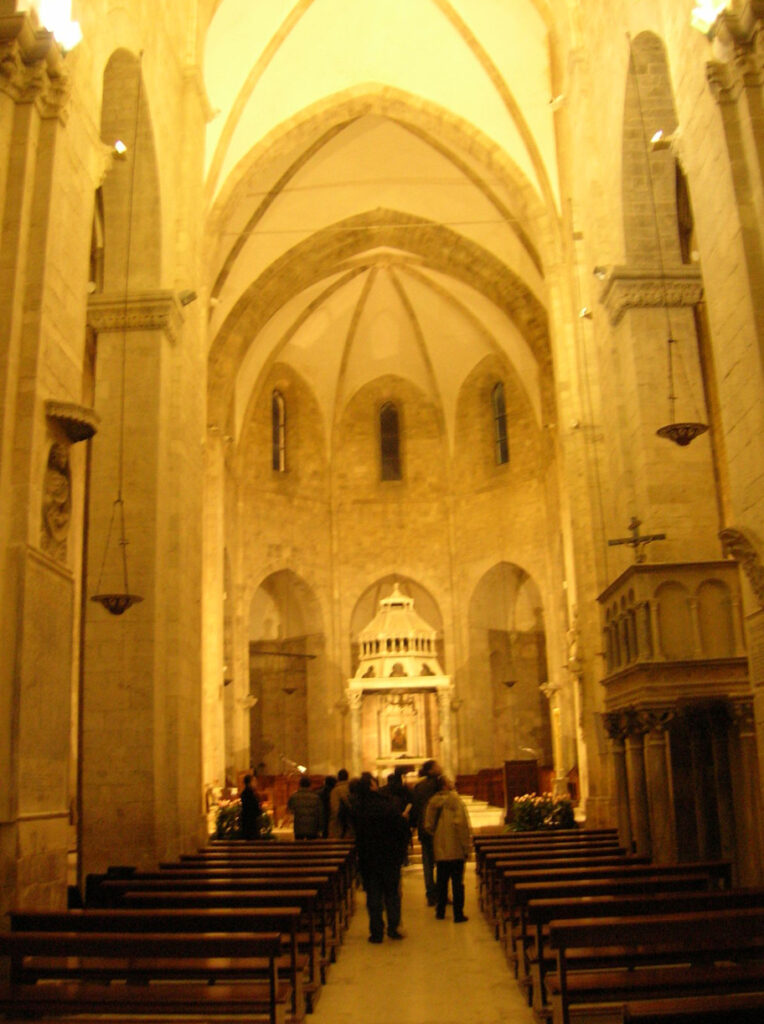
6. Church of Sant’Andrea (10th-12th Century)
• A smaller Romanesque church with simple yet striking architecture.
• Reflects the medieval spiritual life of Barletta.
7. Porta Marina (16th Century)
• A historic gateway in Barletta’s ancient city walls.
• Overlooks the Adriatic Sea and serves as a reminder of Barletta’s fortified past.
8. Cantina della Disfida (13th Century)
• The site associated with the Challenge of Barletta (1503).
• A historic tavern that now serves as a museum commemorating this iconic event in Italian history.
9. Teatro Curci (19th Century)
• A neoclassical theater named after the composer Francesco Curci.
• Hosts opera, concerts, and theatrical performances, adding to the city’s cultural life.
10. Ancient Roman Columns
• Scattered throughout the city, these artifacts mark Barletta’s Roman origins and importance along the Via Traiana.
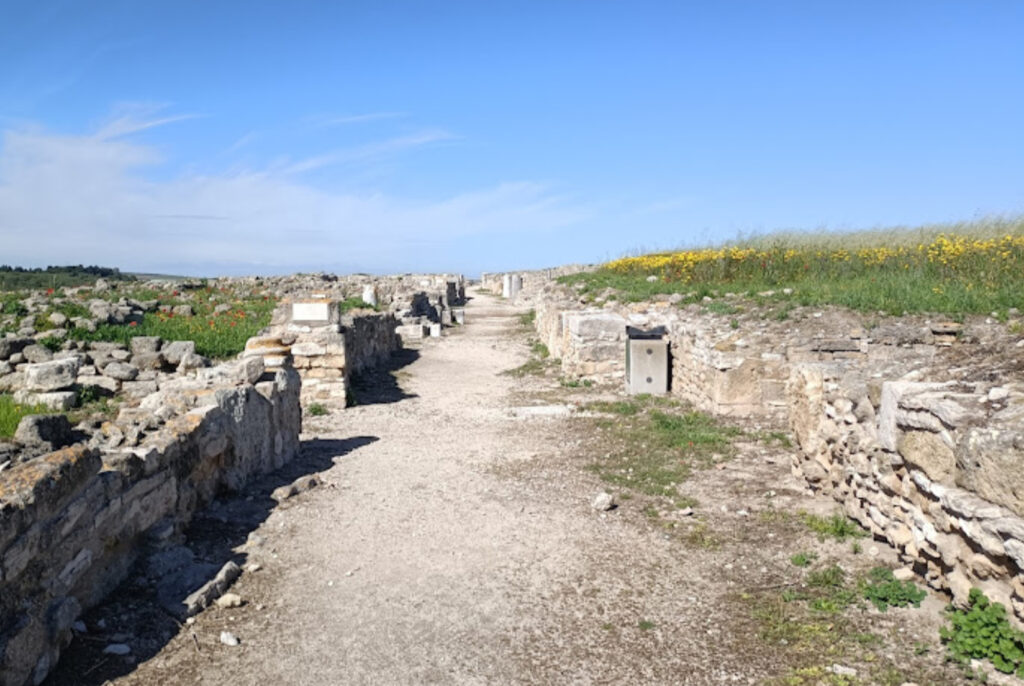
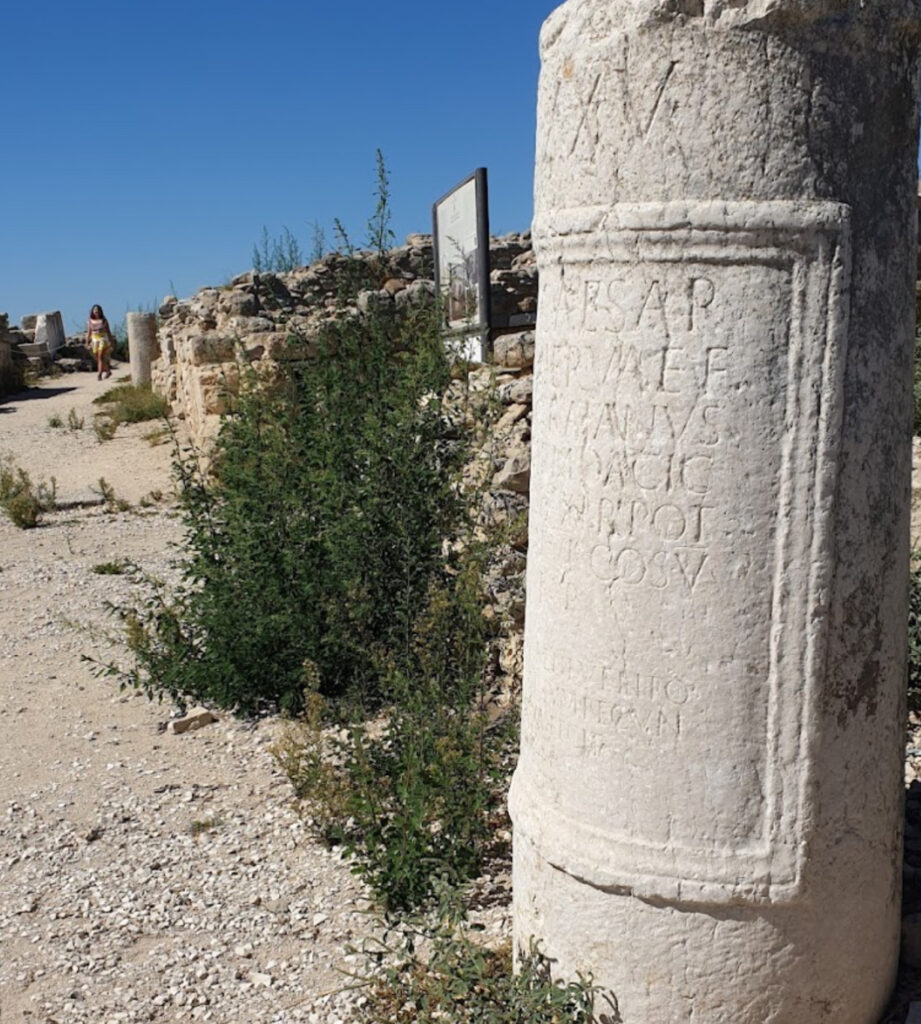
Tourist Attractions
1. Barletta Beaches
• Sandy stretches along the Adriatic coast, perfect for relaxing and enjoying the sea.
2. Historic City Center
• A labyrinth of narrow streets, picturesque squares, and artisan shops.
• Great for exploring local life and culture.
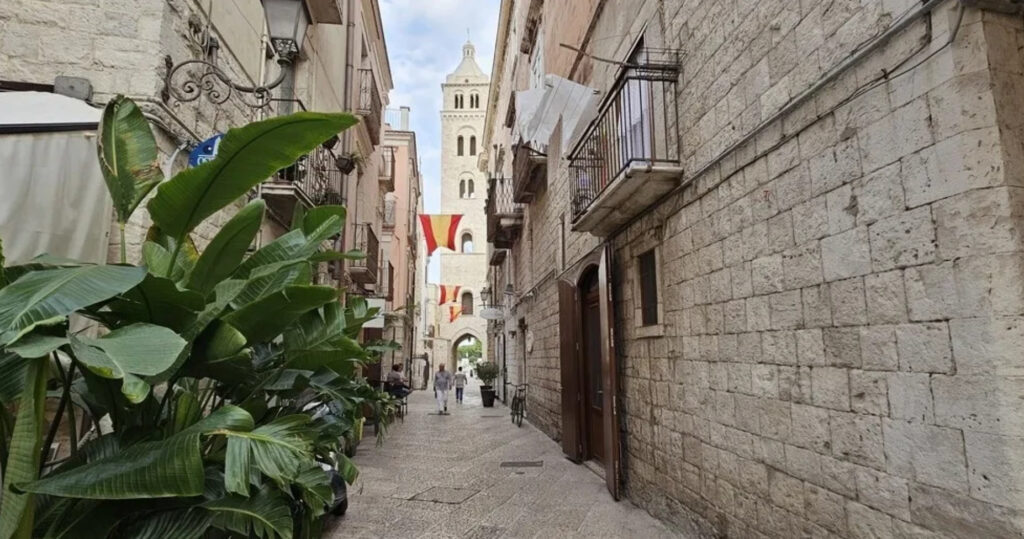
3. Vineyards and Olive Groves
• Surrounding countryside offers wine-tasting tours and olive oil production experiences, featuring the renowned Castel del Monte DOC wines.
4. Annual Festivals
• Disfida di Barletta (Challenge of Barletta) reenactment in February.
• Religious processions and cultural events during major Catholic holidays.
5. Local Cuisine and Markets
• Sample fresh seafood, orecchiette pasta, and Burrata di Andria at traditional trattorias and local markets.
These monuments and attractions make Barletta a must-visit destination for history enthusiasts, art lovers, and those seeking authentic Italian charm.
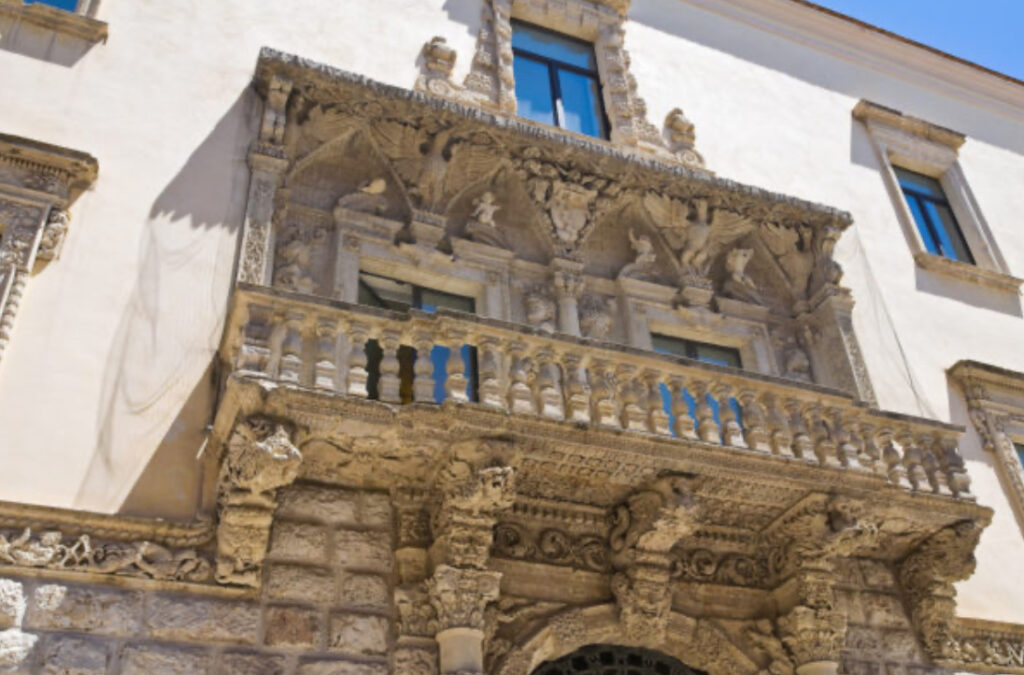
One-Day Itinerary for Barletta
Morning:
1. Start at the Castello Svevo (8:30 AM – 10:00 AM)
• Explore this 13th-century fortress built under Emperor Frederick II. Visit the museum inside to learn about Barletta’s history and enjoy views of the city from the castle.
2. Basilica of the Holy Sepulchre (10:15 AM – 11:00 AM)
• Walk to this iconic Romanesque-Gothic church tied to the Crusades. Admire its stunning architecture and the Colossus of Barletta statue standing nearby.
3. Coffee Break at a Local Bar (11:00 AM – 11:30 AM)
• Stop at a nearby café for a creamy cappuccino and a pasticciotto (a pastry filled with custard, a Puglian specialty).
4. Explore the Historic Center (11:30 AM – 1:00 PM)
• Wander through Barletta’s old town, with its narrow streets, quaint squares, and historic landmarks like the Palazzo della Marra. Don’t miss the art gallery featuring works by Giuseppe De Nittis.
Lunch:
5. Lunch at a Traditional Trattoria (1:00 PM – 2:30 PM)
• Enjoy a meal featuring local specialties such as orecchiette alle cime di rapa (ear-shaped pasta with turnip greens), burrata di Andria (a creamy cheese from the nearby town), and fresh Adriatic seafood like grilled octopus.
Afternoon:
6. Visit the Cantina della Disfida (2:30 PM – 3:00 PM)
• Discover the historic site tied to the famous “Challenge of Barletta” in 1503. The small museum provides an insight into this knightly duel.
7. Stroll Along the Adriatic Sea (3:15 PM – 4:15 PM)
• Head to the promenade and enjoy views of the Adriatic coast. Visit Porta Marina, a historic city gate overlooking the sea.
8. Afternoon Gelato (4:15 PM – 4:30 PM)
• Stop at a gelateria to sample artisanal gelato. Try unique flavors inspired by the region, like fig or almond.
Evening:
9. Dinner at a Seaside Restaurant (6:30 PM – 8:00 PM)
• Enjoy a leisurely dinner with stunning sea views. Order a traditional Puglian seafood platter, paired with a glass of Castel del Monte DOC wine.
10. Optional: Sunset Walk (8:00 PM – 8:30 PM)
• End the day with a relaxing stroll along the beach or through Barletta’s historic streets, soaking in the peaceful atmosphere.
This itinerary combines Barletta’s historical highlights with its local culinary treasures, offering a perfect balance of culture and relaxation.
